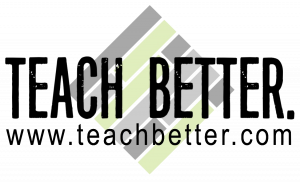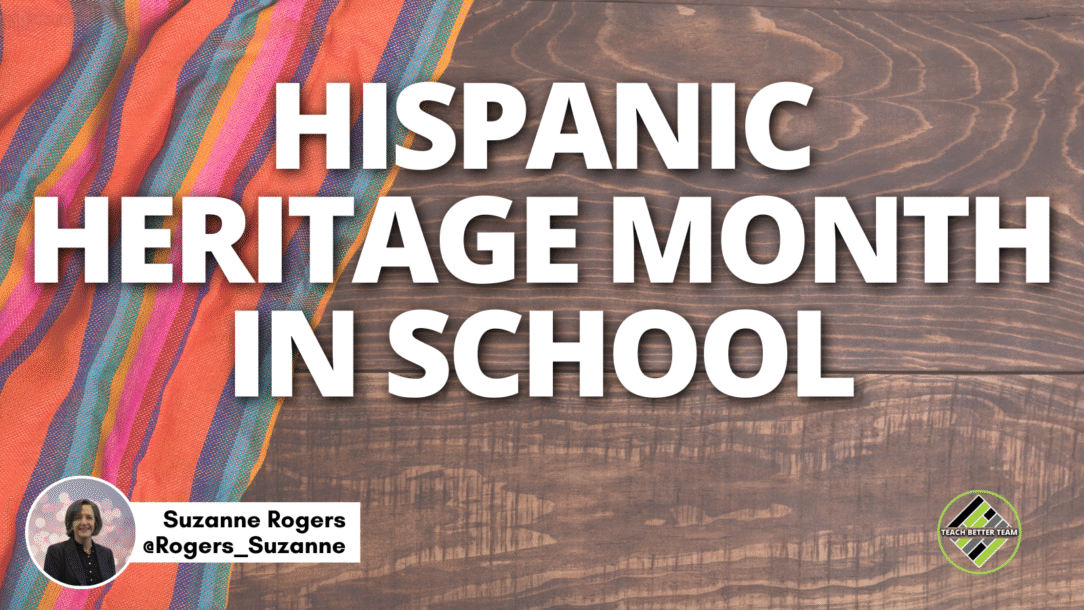Hispanic Heritage Month is celebrated annually in the United States from September 15 to October 15, recognizing the contributions and cultural significance of individuals and communities with ancestral roots in Latin America and Spain. For educators, this month provides a meaningful opportunity to celebrate cultural diversity while building inclusive classrooms that empower students to see themselves and others in the curriculum.
Why September 15?
Did you know?
The start date of September 15 was strategically chosen to coincide with the independence anniversaries of several Central American nations, including Costa Rica, El Salvador, Guatemala, Honduras, and Nicaragua. Mexico’s Independence Day follows closely on September 16, with Chile observing its independence on September 18. This timeframe underscores the resilience and pride of Hispanic heritage across the Americas.
Hispanic Heritage Month 2025 Theme
The theme for Hispanic Heritage Month 2025, “Collective Heritage: Honoring the Past, Inspiring the Future,” emphasizes the importance of remembering contributions of the past while motivating future generations. A. Berrios de Gacharna created this year’s official posters, which can be found here.
Why Hispanic Heritage Month Matters in Education
Cultural Recognition and Appreciation
Hispanic Heritage Month honors the contributions of Hispanic Americans throughout U.S. history. Recognizing these contributions in school curricula not only highlights cultural richness but also fosters a deeper understanding of the diverse experiences that shape our communities and nation.
Enhancing Student Engagement and Achievement
Research shows that when students see their culture represented in the classroom, their academic performance, self-confidence, and sense of belonging improve. Celebrations like this month invite students to engage with their learning while actively honoring identity and community.
[scroll down to keep reading]
Celebrate with Classroom Activities
-
Create a bulletin board. Have students research Hispanic figures in STEM and showcase their findings.
-
Read aloud from Hispanic authors. Pair literature discussions with themes of identity, culture, and heritage.
-
Take a virtual tour of the Smithsonian National Museum of the American Latino.
-
Plan a classroom fiesta. Introduce students to traditional foods and spices such as cumin, paprika, chile peppers, and Chimichurri sauce.
-
Explore Hispanic art. Study artists like Salvador Dalí, Pablo Picasso, and Frida Kahlo. Allow students to experiment with artistic styles or virtually visit Frida Kahlo’s home. Consider more current artists as well!
-
Listen to music. Play mariachi music and discuss instruments, rhythms, and history.
-
Play traditional games. Introduce students to games such as Lotería, El repollo, and Mar y tierra.
For even more inspiration, check out these teacher and parent resources:
Measuring the Impact
The impact of celebrating Hispanic Heritage Month extends beyond classroom activities. Schools that embrace culturally responsive education foster a sense of multicultural identity and inclusion—benefiting not only Hispanic students but the entire school community.
Final Thoughts
Hispanic Heritage Month is more than a cultural celebration—it’s an educational opportunity. By engaging in inclusive, culturally responsive teaching, educators can help students honor history, celebrate identity, and build a stronger, more connected future.
About Suzanne Rogers
Suzanne M. Rogers is an accomplished, passionate, technology-inspired educator, experienced conference presenter, and yoga enthusiast. She is the Assistant Director of Public Relations at LISA Academy Public Charter Schools. In addition to her 20 years of work in education, Suzanne also serves on the Arkansas Museum of Fine Arts Educator Advisory Board, the UCA Executive Advisory Board, the UCA MAT Program Advisory Board, and the SAU ERZ Advisory.
Suzanne’s passion for education and her community is evident in her involvement in these organizations, where she works tirelessly to support students and educators. As an #ArmyMom and former #AFbrat, Suzanne brings a unique perspective to her work, understanding firsthand the sacrifices made by military families. Suzanne exemplifies dedication, expertise, and commitment to excellence.



